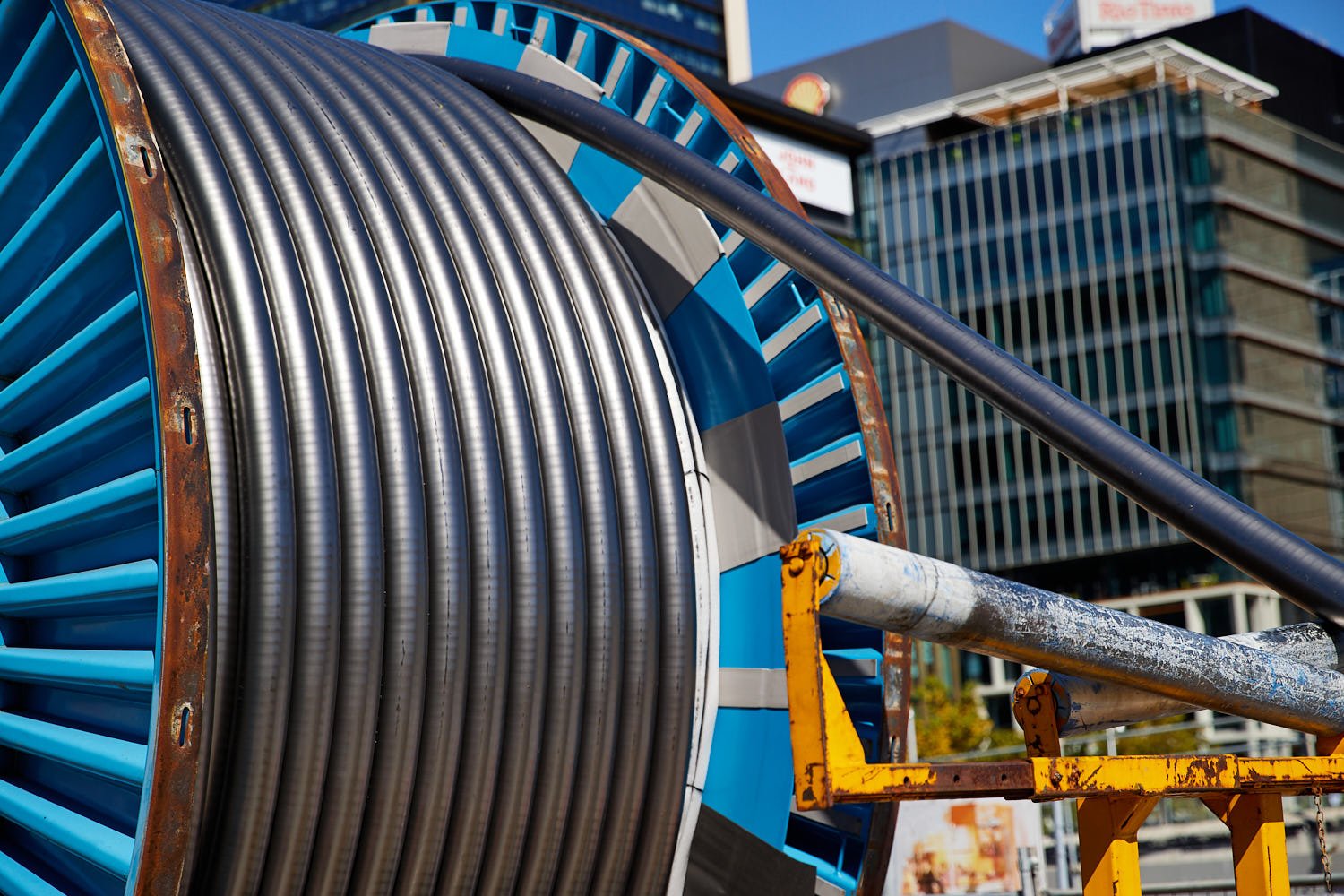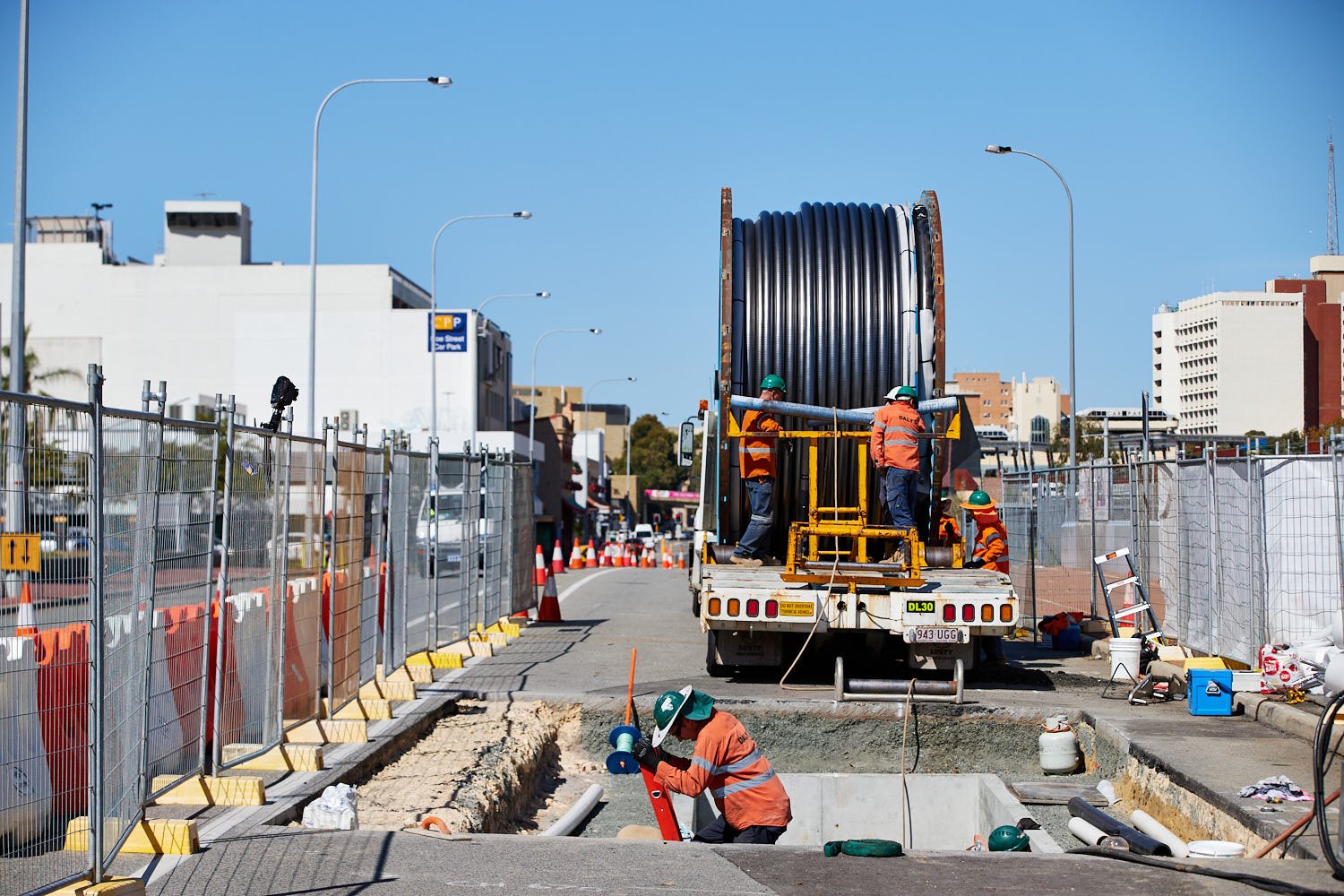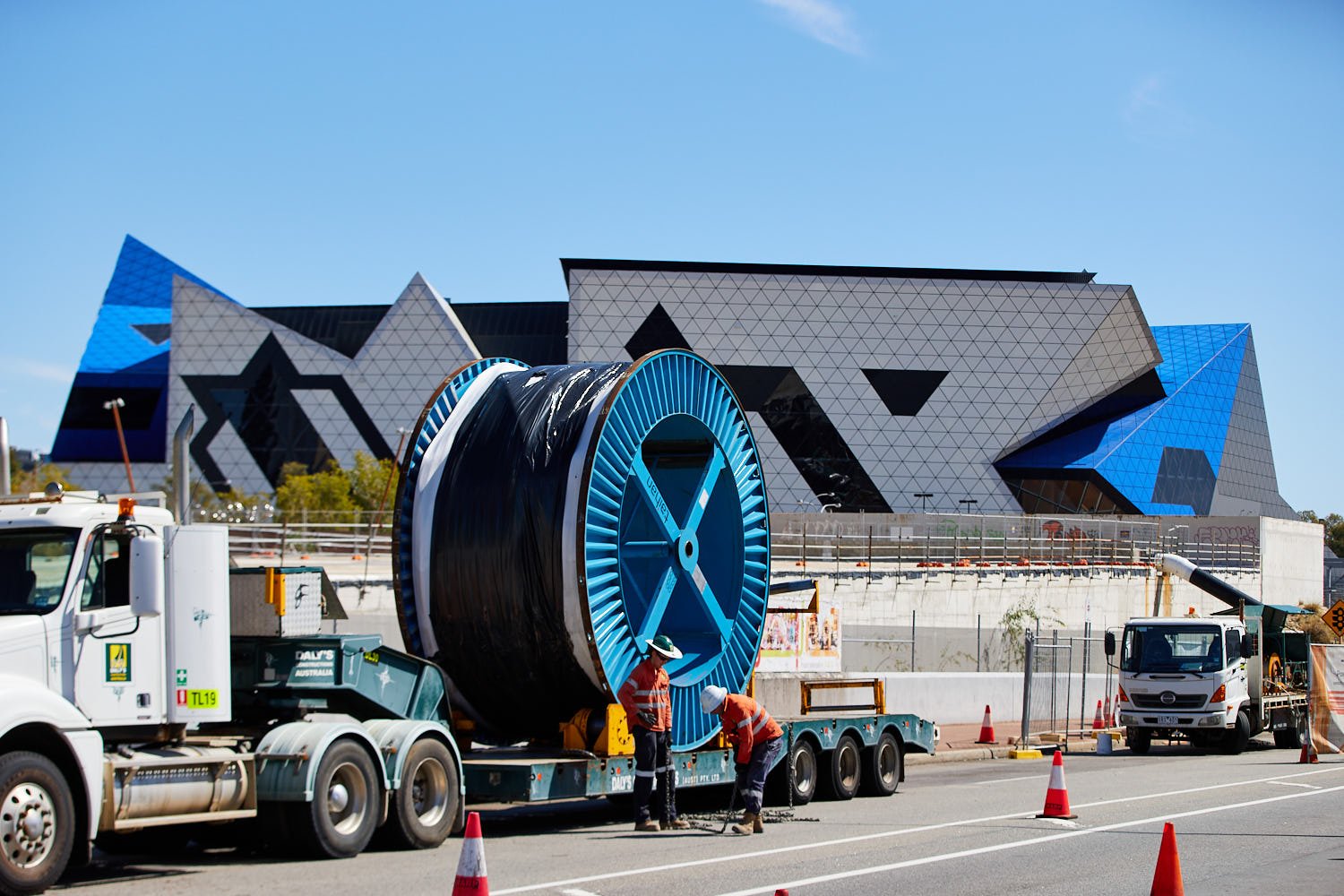How do you dig up large areas of roadway in the busiest parts of the City for works without disrupting the thousands of people that pass along that route every day?
It’s been the scenario that has kept Western Power’s planners occupied since 2012, as they considered how to pull off one of the biggest upgrades in the CBD in 20 years.
The planning has paid off. The City’s power supply has undergone a major upgrade that will keep the lights on for another 50 years, and it has been done with minimal disruption to residents, workers and visitors.

Perth's 'once every 20 years' power upgrade
Since late 2018, along a two kilometre stretch between the substations at Hay St and Milligan St, new cables have been laid to reinforce the network and provide a secure backup link between the CBD’s two main electricity substations.
The route, along Pier, Roe and Milligan St, includes some of the City’s most valuable real estate, including the RAC Arena, the State Theatre Company, Art Gallery of WA, four parking lots, large apartment blocks, hotels and countless smaller buildings, businesses and cafes.
“In terms of size and scope, this capital works project between Hay and Milligan substations is next level. This is major transmission work, creating reliable power supply for large part of the City for now and into the future as it continues to grow,” says Western Power's Project Manager, Ian Anderson.
“When you do work this size along this kind of route, as well as all the buildings, you can also impact pedestrians, cyclists, city workers, tourists, businesses, residents and road users.
“So you want to think things through very carefully, which is why we started planning back in 2012.”

Big success in Perth's power upgrade project
One of the big successes of this capital works project has been a new technique to lay the cable conduits in short spurts in high traffic areas, reducing the impact on commuters.
“Each night, the contractors dig up a short section of the route, say 20 metres, put in the conduit and piping, cover it over and add fresh tar seal, ready to be driven over the next morning.”
“That means if you left work in the City at 5pm and came back in at 8am the next day, you’d never know that major part of roads like Milligan St had been closed to traffic, cut open and then re-sealed.”
"Crossing major road intersections was also planned well in advance, limiting works to weekends, and generally closing only half the intersection at a time, to allow traffic flow in both directions."
“It’s been a new way of working for us which has worked really well. The disruption to everyday life in the City has been incredibly minimal given the importance of the route we are taking and it’s saved a huge amount of costs in traffic management.”
It also means the power supply to most of the City has been reinforced, all without most people noticing.
“Given the Perth CBD is the State’s economic powerhouse, it’s hard to comprehend how serious it would be for the power to go out,” says Ian.
“Thanks to this kind of work, the power should be extremely reliable for years to come.”

What happens when the power goes out in a major city
No major city wants to even consider losing power, but if you had to scenario plan, you’d use the example of the major blackout in Auckland back in 2006.
Over just six hours, the impact was massive. Although some businesses tried to set up shop on the street, most were forced to close. Some 300 traffic lights went out, some hospitals and suburban railways were closed, radio transmitters were down and uni exams had to be deferred. Dozens of people were stuck in lifts.
The six-hour blackout was attributed to ageing infrastructure.
* This project was completed in late 2021.
Read more...
- How we're helping connect communities with METRONET
- What is decarbonisation?
- Perth streetlights are getting smarter
Posted 26 March 2020